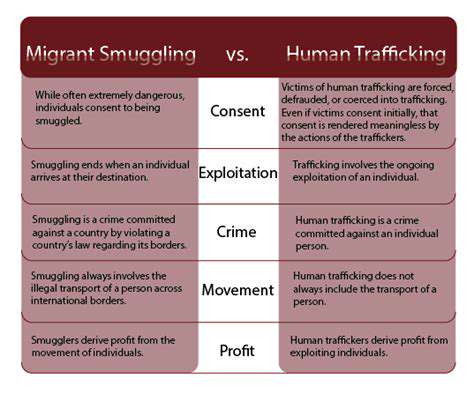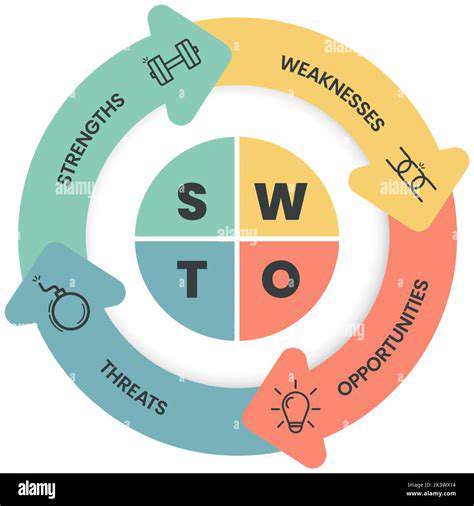US National Parks: Ultimate Travel Guide, Hidden Gems, and Conservation Tips
Exploring the Majestic Grand Canyon
The Grand Canyon, a natural wonder carved by the Colorado River over millions of years, offers breathtaking vistas and a profound connection to the earth. Standing on the rim, one can't help but feel humbled by nature's grandeur. Hiking along the trails, gazing down into the canyon's depths, and experiencing the sheer scale of this natural masterpiece create memories that last a lifetime. The diverse geological formations, from the vibrant hues of the layered rock to the towering cliffs, make this landscape uniquely American, drawing visitors from every corner of the world.
From mule rides to scenic helicopter tours, numerous options provide different perspectives of this colossal canyon. The Grand Canyon National Park caters to all types of travelers, whether you're an experienced hiker or a family looking for adventure.
Discovering the Untamed Beauty of Yosemite National Park
Yosemite National Park, nestled in California's Sierra Nevada mountains, boasts towering granite cliffs, cascading waterfalls, and ancient giant sequoias. Landmarks like El Capitan and Half Dome showcase nature's raw power and artistic perfection. Whether you're climbing challenging rock faces, hiking among towering trees, or simply soaking in the panoramic views, Yosemite offers an unparalleled wilderness experience.
Immersed in the History of Yellowstone National Park
Yellowstone National Park, a geothermal wonderland, contains the world's largest concentration of geysers and hot springs. The landscape bubbles with energy - from mud pots to steaming fumaroles and colorful hot springs. Witnessing Old Faithful's predictable eruptions or marveling at the Grand Prismatic Spring's rainbow hues creates lasting impressions of nature's dynamic forces.
The Coastal Majesty of Acadia National Park
Acadia National Park, on Maine's rugged coast, combines stunning ocean views with granite peaks and lush forests. The park's unique blend of mountains and sea creates a landscape unlike any other. Whether hiking the trails or kayaking along the coastline, visitors breathe in the fresh ocean air while immersed in breathtaking scenery.
A Journey Through the Redwood Forests
Redwood National and State Parks shelter nature's tallest trees, some exceeding 300 feet. Walking among these ancient giants creates a mystical, awe-inspiring experience. The park's serene atmosphere and unique coastal redwood ecosystem offer a rare opportunity to appreciate nature's scale and longevity.
The Volcanic Wonders of Crater Lake
Crater Lake National Park features a stunning caldera lake with deep blue waters mirroring the surrounding mountains. Hiking the rim trails provides spectacular views while revealing the area's volcanic history. The lake's intense blue color and perfect circular shape make it one of nature's most photogenic wonders.
A Wilderness Escape in Glacier National Park
Glacier National Park in Montana offers pristine mountain scenery, glacial lakes, and abundant wildlife. From scenic hikes to wildlife spotting, the park immerses visitors in unspoiled wilderness. Its stunning vistas and crystal-clear lakes provide the perfect setting for those seeking authentic outdoor experiences.
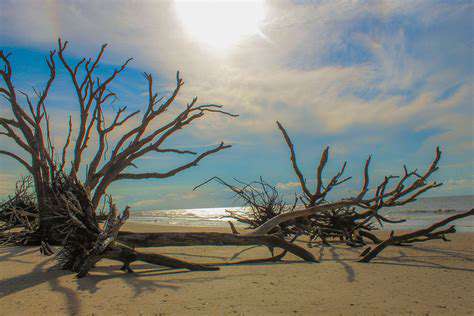
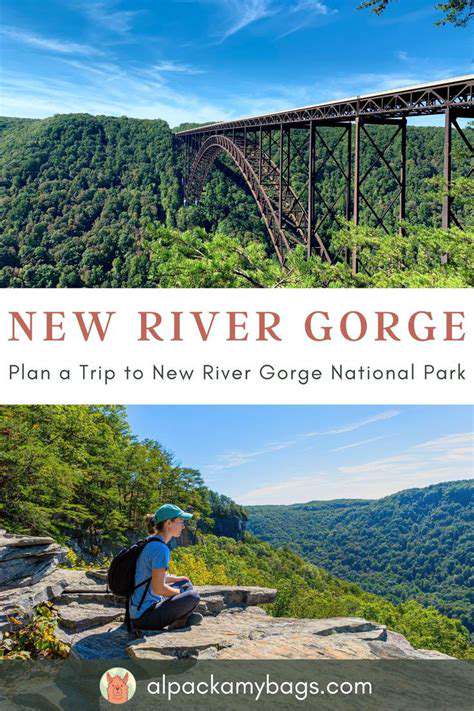
Liability, in simple terms, means being legally accountable for something, usually a debt or obligation. For individuals and businesses, it involves potential financial responsibilities from various scenarios. Recognizing different liabilities and what triggers them is key to safeguarding your assets.
Respecting the Environment: Sustainable Practices
Minimizing Waste: Reducing Environmental Footprint
Waste generation significantly impacts our environment, from overflowing landfills to polluted waterways. Adopting a reduce, reuse, recycle mindset can dramatically lessen our ecological impact. This philosophy extends beyond individuals to corporations and governments working toward a circular economy that values resource efficiency.
Switching from single-use plastics to reusable alternatives makes a measurable difference. Public education about environmental consequences helps consumers make informed, sustainable choices that benefit our planet.
Conserving Water Resources
Water sustains all life, making conservation essential. Simple actions like fixing leaks and taking shorter showers collectively save millions of gallons. Agriculture must adopt responsible irrigation methods, while homeowners can install water-efficient appliances to reduce consumption.
Protecting Biodiversity
Biodiversity maintains our planet's health and resilience. Habitat loss and pollution threaten countless species, disrupting nature's delicate balance. Protecting forests, wetlands, and coastal areas through conservation efforts helps preserve these vital ecosystems. Supporting sustainable agriculture and responsible tourism further safeguards biodiversity.
Energy Efficiency: Renewable Resources
Transitioning to renewable energy combats climate change while reducing fossil fuel dependence. Energy-efficient homes and businesses, powered by solar or wind energy, create sustainable communities. Electric vehicles and public transportation further decrease carbon emissions, benefiting both environment and public health.
Conserving Our Natural Heritage: A Call to Action
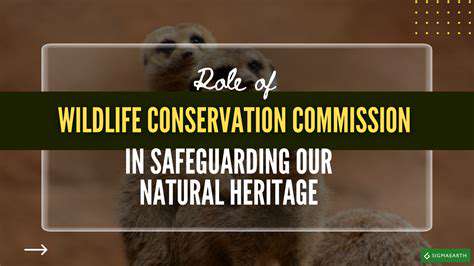
Protecting Biodiversity
Preserving Earth's rich biodiversity ensures a healthy planet for future generations. This complex web of life provides essential services like clean water, pollination, and climate regulation. Habitat destruction, pollution, and climate change threaten these systems, impacting both wildlife and human well-being.
Effective conservation requires addressing root causes, promoting sustainable practices in key industries while protecting natural habitats from destructive activities like illegal logging and poaching.
Sustainable Resource Management
Responsible resource use ensures availability for future generations. This means minimizing environmental impact while adopting circular economy principles. Sustainable practices protect resources while supporting economic growth and societal well-being, requiring conscious consumer choices and business accountability.
Promoting Environmental Education
Education fosters environmental responsibility across generations. By teaching nature's interconnectedness, we cultivate appreciation and inspire conservation action. Hands-on learning experiences help children develop lifelong environmental stewardship values.
Read more about US National Parks: Ultimate Travel Guide, Hidden Gems, and Conservation Tips
Hot Recommendations
- Hawks vs Hornets: NBA Game Preview, Key Players & Tactical Analysis
- Tornado Watch vs Warning: What’s the Difference and How to Stay Safe
- Alexandra Daddario: Hollywood Career, Iconic Roles & Upcoming Projects
- Wombats in Australia: Fascinating Facts, Conservation Efforts & Where to See Them
- St. Patrick’s Day 2025: History, Festivities & Modern Celebrations
- Fabian Schmidt: Profile, Career Impact & Notable Achievements
- Alex Consani: Profile, Career Highlights, and Notable Achievements
- Vivian Wilson: Profile, Career Milestones & What’s Next
- Harriet Hageman: Political Profile and Impact on National Policy
- Bryant University Basketball: Rising Stars and Season Highlights


